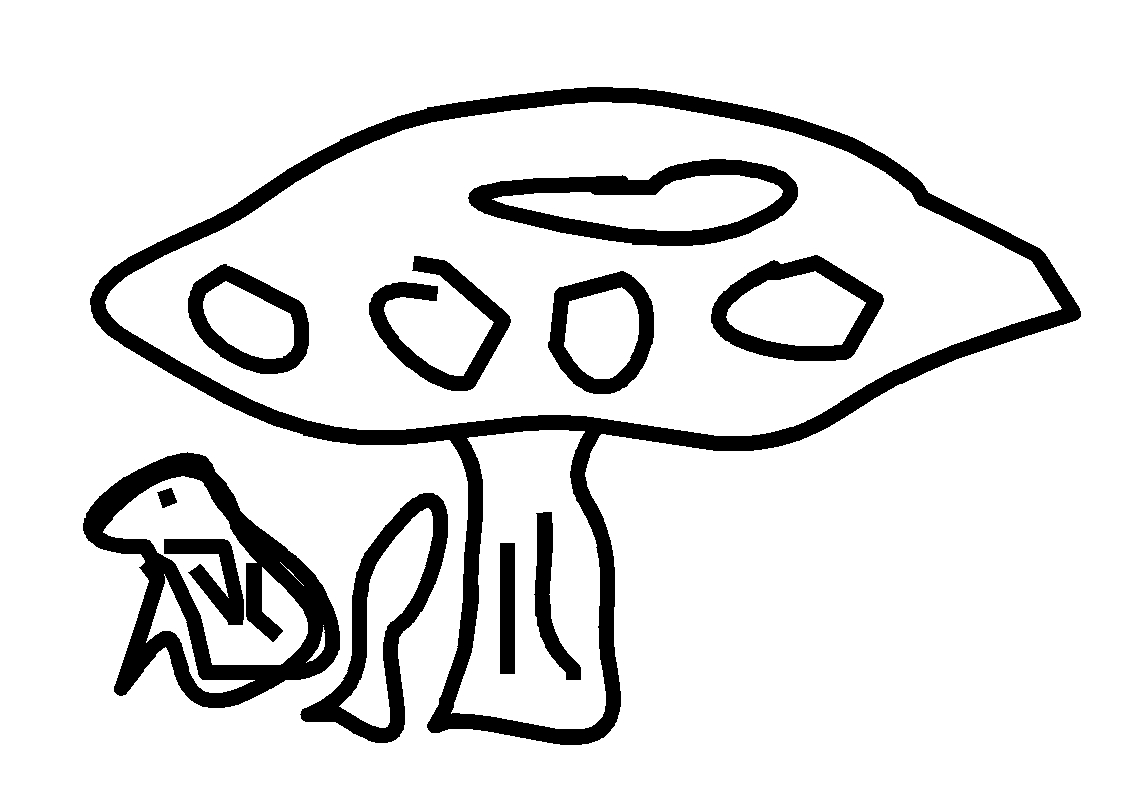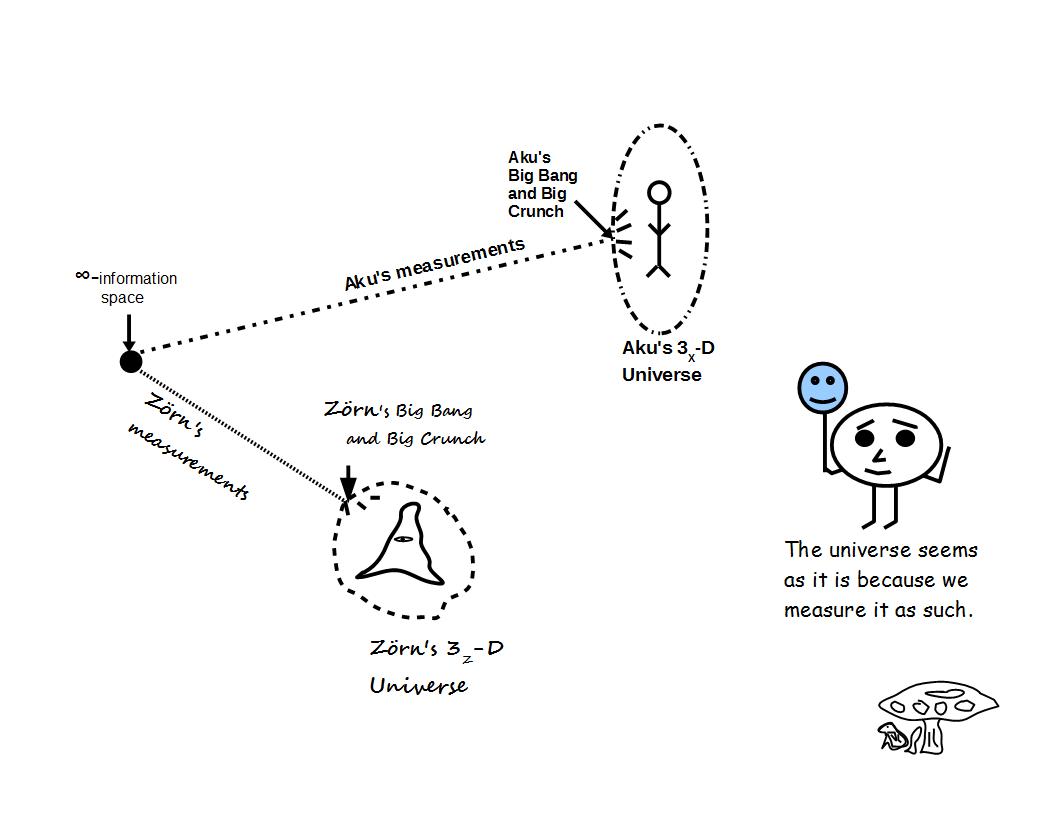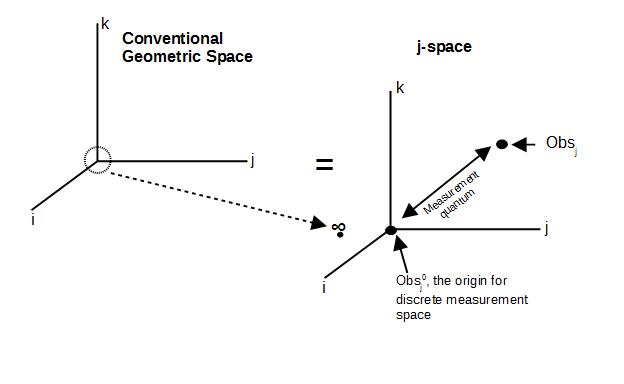18th
March 2014
The string theory envisions a super-symmetry which correlates the force and matter in nature. The force is represented by bosons, whereas the matter is represented by fermions. Every particle observed in nature should have a super-partner, which LHC is supposed to prove at high energy scales (~TeV). So far we have not succeeded in doing so.
The world we exist in, has basic symmetries
such as translational symmetry, rotation
symmetry, and the symmetry with respect to the
inertial frames. If we could add the
super-symmetry to these symmetries, we should
be able to combine space-time with matter and
our description will be complete.
However it also means measurements in Planck's
domain, which implies the limits of our
capabilities. In other words if we can
think of the description in terms of discrete
measurement space, then the Planck's domain
will represent the minimum quantum of
discreteness. Thus measurements in this
region will require maximum capacity of the
observer i.e. they will not be easy to perform
with our current state of know-how.
Let
us step away from the above scenario, and try
to understand what the concept of symmetry
means in terms of the measurements in the
discrete measurement space or the
j-space. We have earlier discussed the
problem of accurate determination of the origin
and its implications. The conventional
geometric space and its equivalent discrete
measurement space, is shown below.
The observer-defined-origin
of the discrete measurement space represents
the maximum capacity of the observer Obsj,
the observer in j-space. Therefore the
earliest symmetry we can introduce, is the
symmetry to accurately determine the origin in
terms of the observer capacity. We do
this by allowing another observer, Obsj0
which has identical capacity to Obsj
and it is used as the reference.
Next. we provide the description with respect to the defined-origin which has an implicit symmetry we called Virtual Twin Symmetry or VTS. The quantum nature of the space is quite evident. The description of the nature as observer Obsj perceives it, is not assumed to be absolute but instead limited by the maximum of the observer's (Obsj's), capacity. The true character of Nature remains indeterminate at best for any observer, and hence VTS is a requirement for any description an observer can provide within his or her limited capacity.
It is
conceivable therefore that the symmetry
leading to the definition of the origin, has
to be the symmetry to which other symmetries
must converge to. It will lead to chiral
characteristics and hence the mass
generation. In the following figure
Aku and Zörn, will agree that the
Big-Bang occurred but their description of the
Big-Bang and the subsequent chain of events
(universe), will differ.


Previous Blogs:
The cat in box
The initial state and symmetries
Incompleteness I
Discrete measurement space
The frog in well

